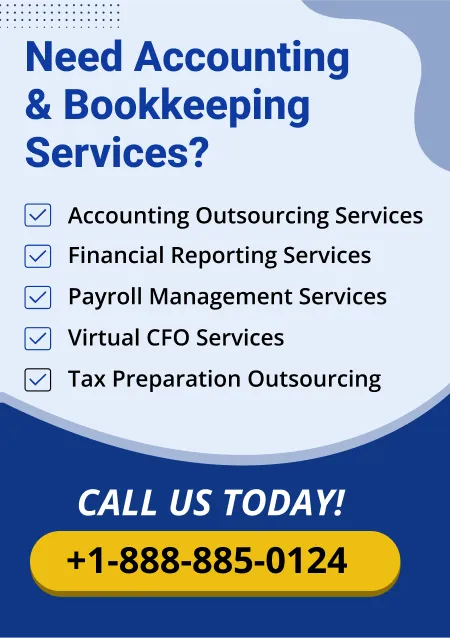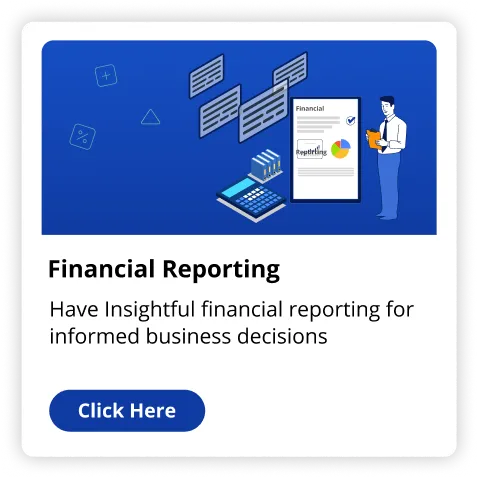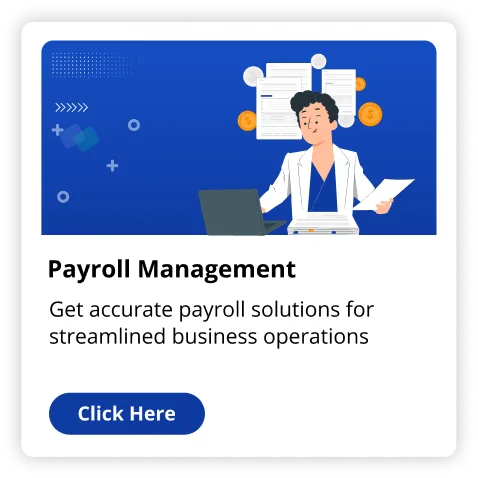Businesses might discover the process of filing sales tax returns daunting, especially since they have to navigate through various paperwork and requirements set forth by various states. In order in accordance with sales tax laws in the United States, you must collect tax from customers and send it to the state in which your business has its headquarters. Knowing what's required to be accomplished is crucial because each state has different procedures and deadlines for filing sales tax documents. It's critical to comprehend what information must be provided for your sales tax return filing so as to avoid fines and ensure your business retains compliance. This post will dissect the fundamental elements of a sales tax return structure, explaining the role and significance of each component.
1. The fators of identity: Business identification information
Your business identity information is amongst the very first things that you'll have to provide in the filing format for your sales tax return. Usually, this includes the items that follow:
- Business Name: your business's official name.
- Sales Tax Permit Number: Given by the state revenue department upon registering to collect sales tax, this number is also referred to as a tax identity number or resale certificate number.
- Address: the physical location of your business, which could also contain email and phone numbers for contact.
This is a simple yet essential section. Making that the payments and filings are accurately recorded and reimbursed to your business's account depends on giving correct identity information.
2. The time-frame: Reporting period
You need to be informed about the reporting period during which you are filing your sales tax return. According to the amount you sell and state requirements, a great deal of states demand sales tax payments on an annual, quarterly, or monthly schedule. Make sure the reporting period you select aligns with the dates on which the business received sales tax. Through doing this, you can make sure you're filing within the appropriate window of time and prevent any filing mistakes that may result in penalties or other fees.
3. The big-basket of revenue: Gross sales
The entire revenue your business made throughout the reporting period from the sale of the two taxable and non-taxable goods is expressed by gross sales. This is in which you start when calculating out the amount of sales tax you must pay. The vast majority of sales tax return designs require the following breakdowns to be offered:
- Total Gross Sales: The total of all sales, which includes those that are exempted from tax. Sales that are subject to sales tax get referred to as taxable sales.
- Non-Taxable Sales: Sales to wholesalers or tax-exempt organisations are instances of sales that are free from sales tax. You offer the tax authorities with a comprehensive picture of your business's revenue by reporting gross sales. It is imperative to keep correct records since any misreporting or errors in this area could lead to an audit.
4. The collection done: Sales tax generated
You have to submit the sales tax you collected from your clients after establishing your taxable sales. The amount that is taken away from your taxable sales based on the sales tax rate in your state or municipality will change. It's important to look into the taxes collected from individual localities and states for businesses that have operations across several states or jurisdictions. You have to be exact when distributing your tax collections since state, county, and local taxes are collected at various rates across multiple states.
READ ALSO | How to Correct a Missed Sales Tax Return Filing Without Penalty
5. Money Matters: Deductions and exemptions
A vital component of sending a sales tax return are deductions and exemptions. A lot of states let businesses write off particular types of sales towards their taxable sales. Typical deductions might be as follows:
- Sales to Resellers: Since the reseller will be the person to collect tax upon the product's sale to the final consumer, these sales are frequently free.
- Sales to Tax-Exempt Businesses: Since some government, educational, and charitable organisations are exempt from paying taxes, you are able to exclude these earnings from your taxable income.
- Returned Items: You can deduct the cost of withdrawing a customer's taxable product from your taxable sales if you grant them a refund. The deductions and exemptions which apply are regulated by state laws, thus it's essential to understand state-specific regulations.
6. The culture of advance payments: Tax Prepayments
Businesses may be compelled to make yearly prepayments towards their sales tax bill in some states. Typically, businesses with higher revenue volumes make these prepayments in order to assist the state in maximising its cash flow. When getting ready your ultimate return for the period, be certain to add the amounts that your business has already paid if these prepayments are essential. By doing this, you'll lower your overall obligation and make sure you're not overpaying.
7. The burning list of penalties and fines
Penalties and interest might be imposed for filing an erroneous or late sales tax report. Penalties for late documents and unpaid taxes can be imposed by some states, and may add up over time. In addition, interest on the balance that remains may be charged. In the case that this happens, you have to calculate the penalties as well as interest due and include the outcome in your sales tax return.
8. The tax you owe:Remittance Amount
The remittance amount, or the total sales tax you owe for your reporting period, is the last part of your sales tax return. The entire sales tax collected is removed from any expenses, exemptions, or prepayments to arrive at this figure. You have to pay the state the remaining balance. Ensure that you verify your calculations twice to avoid errors. Online sales tax remittance is permitted in the vast majority of states, which streamlines the payment procedure. It's good finding out if your jurisdiction provides an incentive for early filing as some states additionally provide discounts..
Final Thoughts
Correctly submitting your sales tax return is a vital duty for any business. You may maintain adherence to state laws and save expensive penalties by being mindful of the vital elements that must be included in the sales tax return filing format, such as company details, gross sales, taxable sales, expenses, and remittance. Keeping accurate records all through the year and keeping up to date on state-specific requirements helps facilitate the sales tax filing process. Being compliant with sales tax doesn't have to be hard if you're ready and organised. Outsourcing tax preparation to the competent team of Fino Partners will ensure your business steer clear of penalties and fines during filing taxes.



























